When it was first introduced, SRAM’s motto for the NX Eagle groupset was 12x for everyone. Although you can now get an even more affordable Eagle groupset, the NX-Eagle is our favourite when it comes to optimal performance on a budget.
By now, 1×12 drivetrains have established themselves as much as dropper seat posts have. Which decisive advantages do a 12-speed cassette offer compared to all others? The answer is simple: a gear range that provides a suitable gear in any terrain without the need of front derailleur. Also, over the past couple of years, the SRAM Eagle drivetrain has convinced us with its quiet and precise shifting. The disadvantages for many are still the cost and the time-consuming setup.

At least the topic of costs should no longer be an issue with effect from today. Two years after the introduction of its first 1×12 drivetrain, SRAM introduces a 12-speed cassette to its affordable NX range. Matching SRAM’s entry-level range, the NX cassette is only compatible with conventional freewheels and not with XD freewheels – which is also the biggest weakness of the SRAM NX Eagle.
The SRAM NX Eagle in detail
The heart of every drivetrain, especially with the Eagle system, is the cassette. The conventional XX1, X01 and GX Eagle cassettes have a range of 10 to 50 teeth. Due to its compatibility with non-XD freewheels, the NX Eagle does away with the small 10T sprocket, offering a minimum of 11T instead. The NX-Eagle has a gear range of about 454%, whereas the other Eagle cassettes have a gear range of 500%.
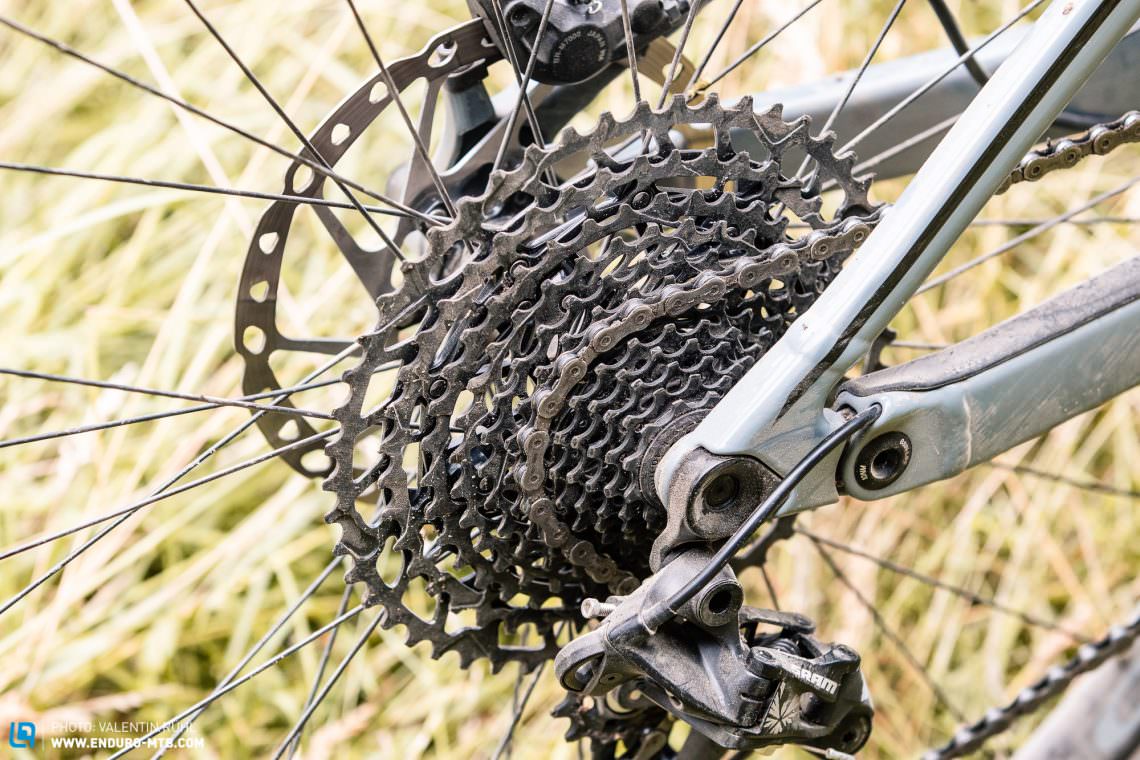
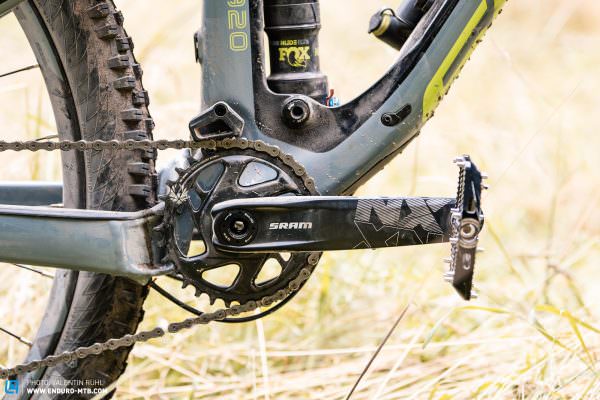
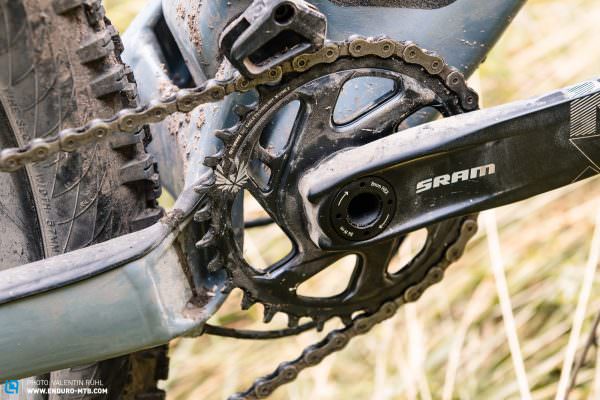
Except for the choice of materials and slightly modified decals, the NX-Eagle is similar to all other Eagle groupsets. Instead of carbon and aluminium, the cheapest Eagle makes use of a lot of steel and plastic. While the GX gear lever is made of forged aluminium, the NX trigger is plastic. SRAM’s NX Eagle chain doesn’t have the complex nickel and chrome finish of the more expensive groupsets either. The cassette is riveted together using punched steel sprockets, same as the GX Eagle. The cranks are made of the same 7000 aluminium as the GX as well, but the NX Eagle chainring, on the other hand, comes in steel. SRAM also uses a mixture of steel and aluminium for the rear derailleur, while the rear derailleurs of the GX and X01 Eagle are made entirely of aluminium.

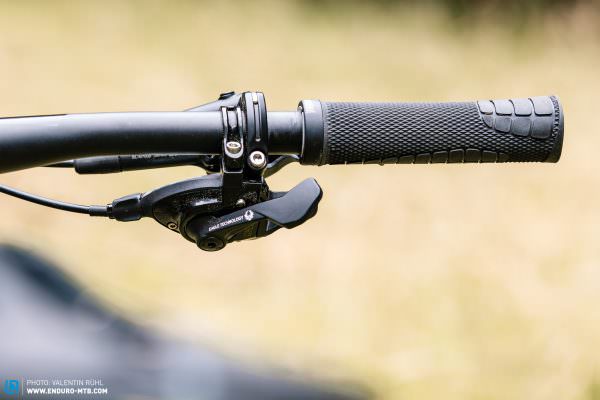
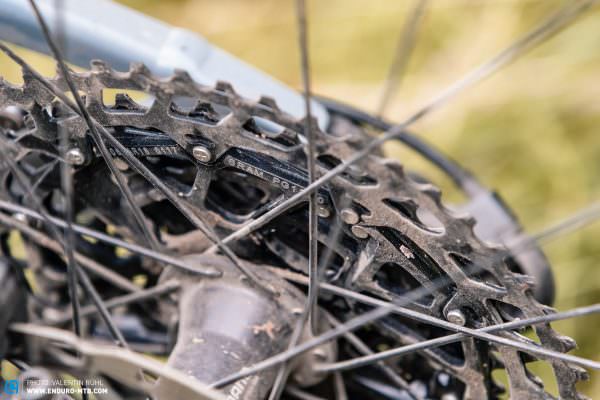
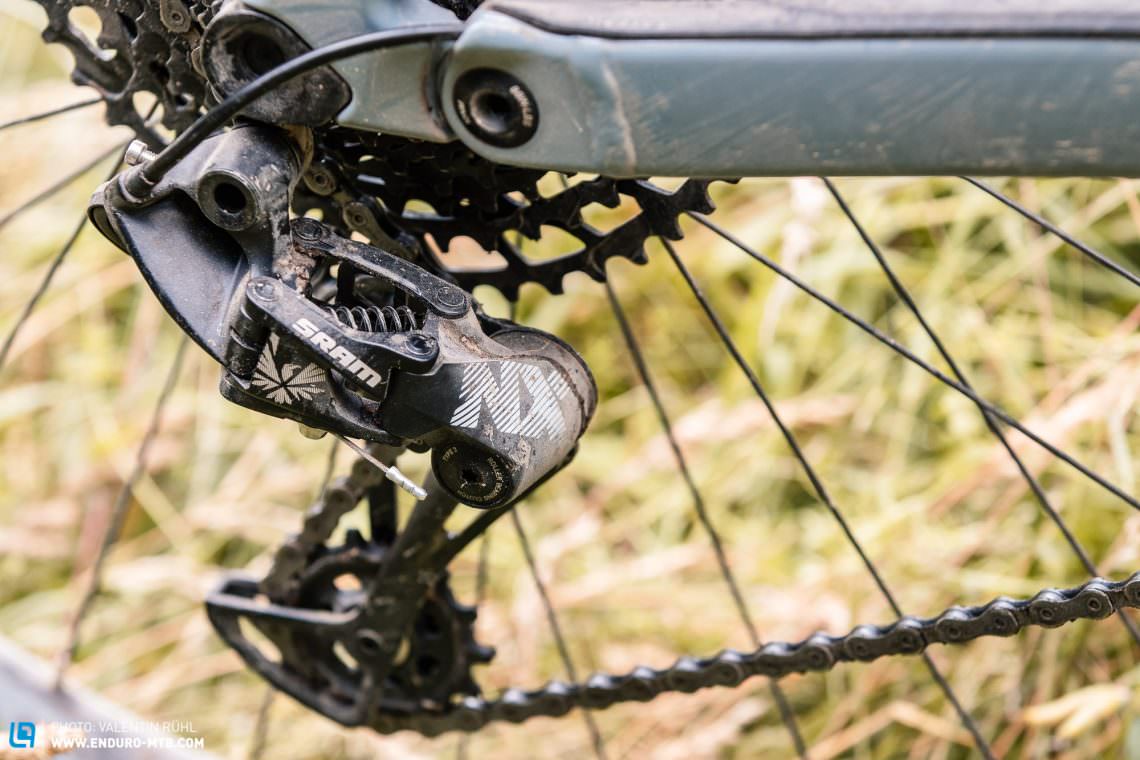
The SRAM NX Eagle features all the usual refinements, such as X-SYNC 2 to keep the chain securely on the sprocket, CAGE LOCK for easy maintenance and X-HORIZON for precise and efficient shifting. The NX Eagle crank is also available with the DUB system, so looking for a matching crank and bottom bracket won’t keep you up at night. And it also ensures that all parts of the NX Eagle are compatible with any other Eagle drivetrain – without compromise.
The hard facts: weights and prices
Compared to the SRAM GX Eagle, the NX is 185 g heavier, with the chain and derailleur making the biggest weight difference. Compared to an X01 Eagle, the NX Eagle gains a whole 438 g, which is quite understandable with a price difference of € 900. The SRAM NX and NX Eagle a separated by a total of 110 g at the NX 1×11 expense.
| Weight/Price | X01 Eagle | GX Eagle | NX Eagle | NX 1×11 |
|---|---|---|---|---|
| Crankset | 495 g/€ 458 | 628 g/€ 145 | 635 g/€ 116 | 780 g/€ 120 |
| Shifter | 126 g/€ 145 | 122 g/€ 35 | 109 g/€ 38 | 142 g/€ 28 |
| Derailleur | 276 g/€ 240 | 290 g/€ 110 | 341 g/€ 119 | 322 g/€ 76 |
| Cassette | 360 g/€ 392 | 450 g/€ 200 | 610 g/€ 110 | 538 g/€ 89 |
| Chain | 250 g/€ 66 | 270 g/€ 29 | 250 g/€ 29 | 273 g/€ 14 |
| Total | 1,507 g/€ 1,301 | 1,760 g/€ 519 | 1,945 g/€ 410 | 2,055 g/€ 327 |
SRAM NX Eagle on the trail
Typical for SRAM, the workmanship and quality is impeccable, despite the use of cheaper materials. Once the gears have been set up correctly, shifting is quiet and precise. Editorial tip: Always use the red template for the B-tension-screw or the chain gap when setting up the drivetrain. If this is not set up correctly from the beginning, all further efforts are useless.
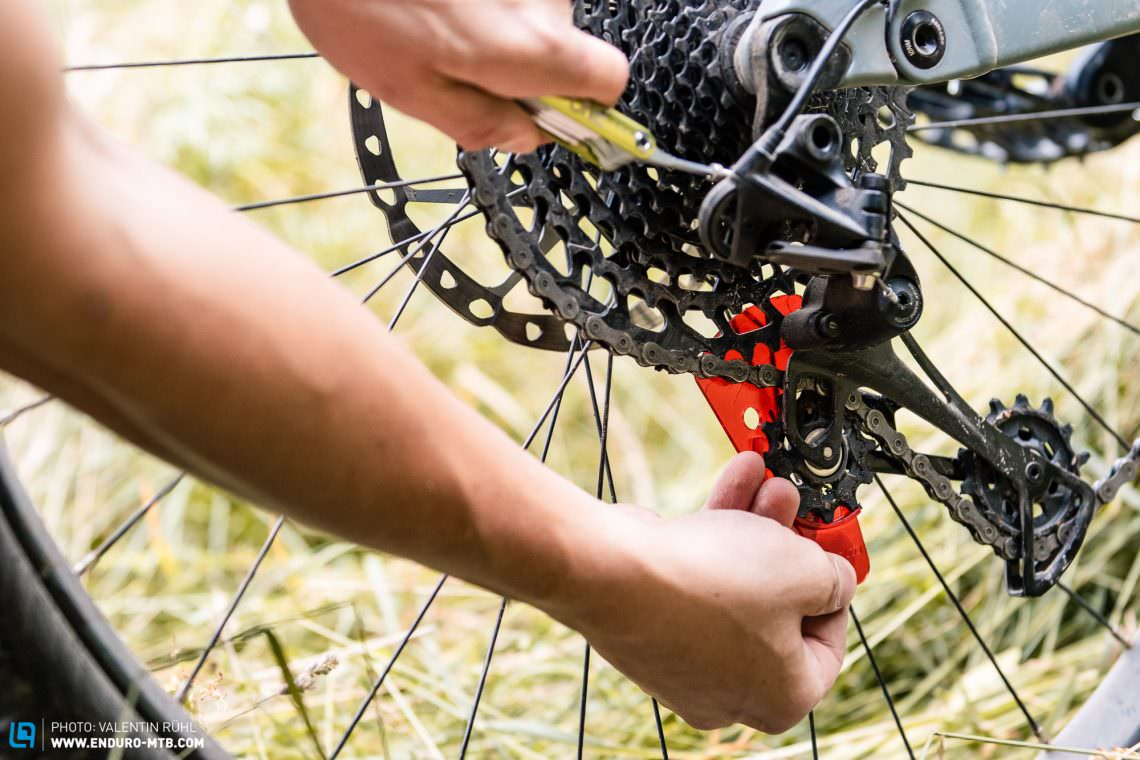
Differences in performance to the more expensive Eagle groupsets are hardly noticeable. Only the cheaper materials on the trigger leave a less high-quality impression when sifting than with the X01 trigger for example. When things get really uncomfortable on the trail, only then will you notice the attention to detail and the thought that has flowed into the design of the chain and the teeth; keeping the chain securely in place over roots and rock gardens, rendering the chain guide all but superfluous.
Regarding durability, we couldn’t find any significant wear in the last 3 months of trail use. High-mileage riders should be particularly pleased with the steel chainring.
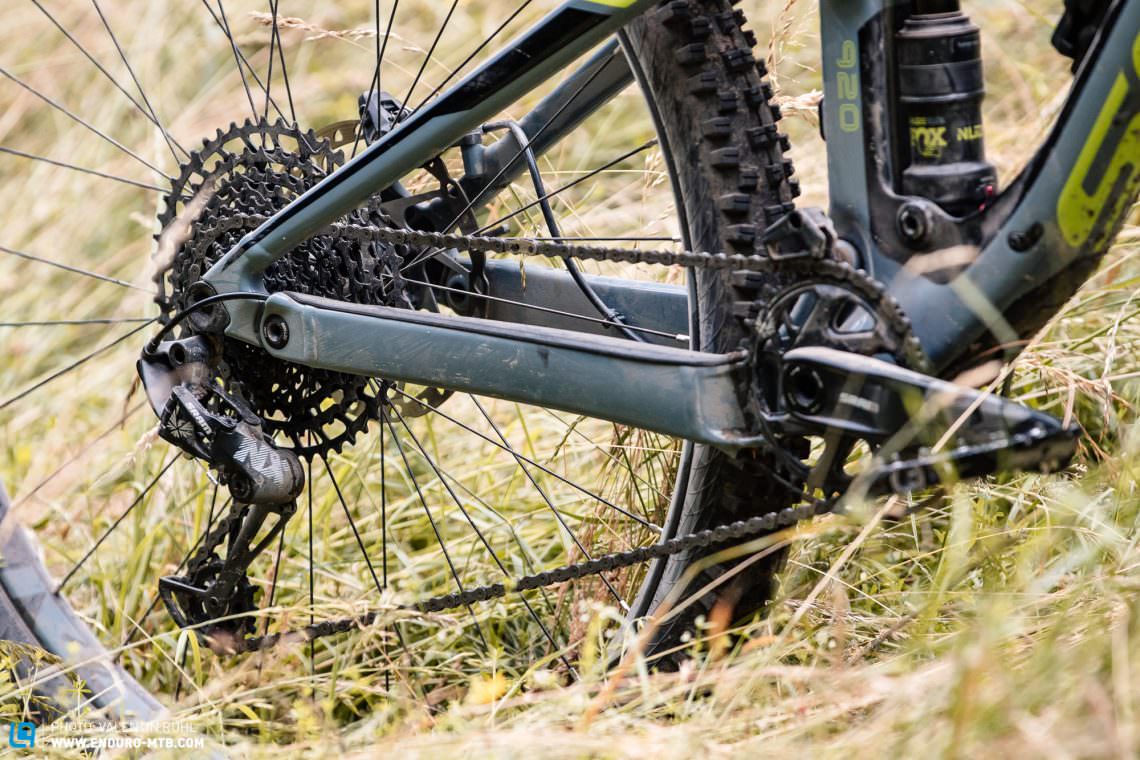
NX Eagle 12-speed drivetrain long term review
To be honest, our NX derailleur hasn’t had an easy life in the two years we had it. The dents and scratches from countless stones hitting it and a few harder impacts on the right side of the bike testify to the strain that the rear derailleur has had to endure. Eventually, due to some crashes, the shifting precision deteriorated and the derailleur started ghost shifting. This is due to the rear derailleur getting knocked out around the main bolt that attaches it to the derailleur hanger, developing too much play over time. You can get a spare bolt for just under € 6 which minimizes the play and stops the derailleur from shifting unwantedly. However, Sarah was no longer able to achieve the crisp shifting she enjoyed at the start of the test because a noticeable amount of play remained even with the new bolt. The roller bearing clutch also started wearing out and couldn’t keep the chain as tensioned as it used to. Unfortunately, there is no way of adjusting or servicing it. The condition of the cassette, on the other hand, is encouraging. Although it has accumulated a lot of dirt, it’s still going strong thanks to the steel sprockets. It delivers less range than the other Eagle cassettes, which offer up to 520% gear range with 10 to 52 teeth, but it’s compatible with conventional HG freehub bodies and therefore easy to retrofit.
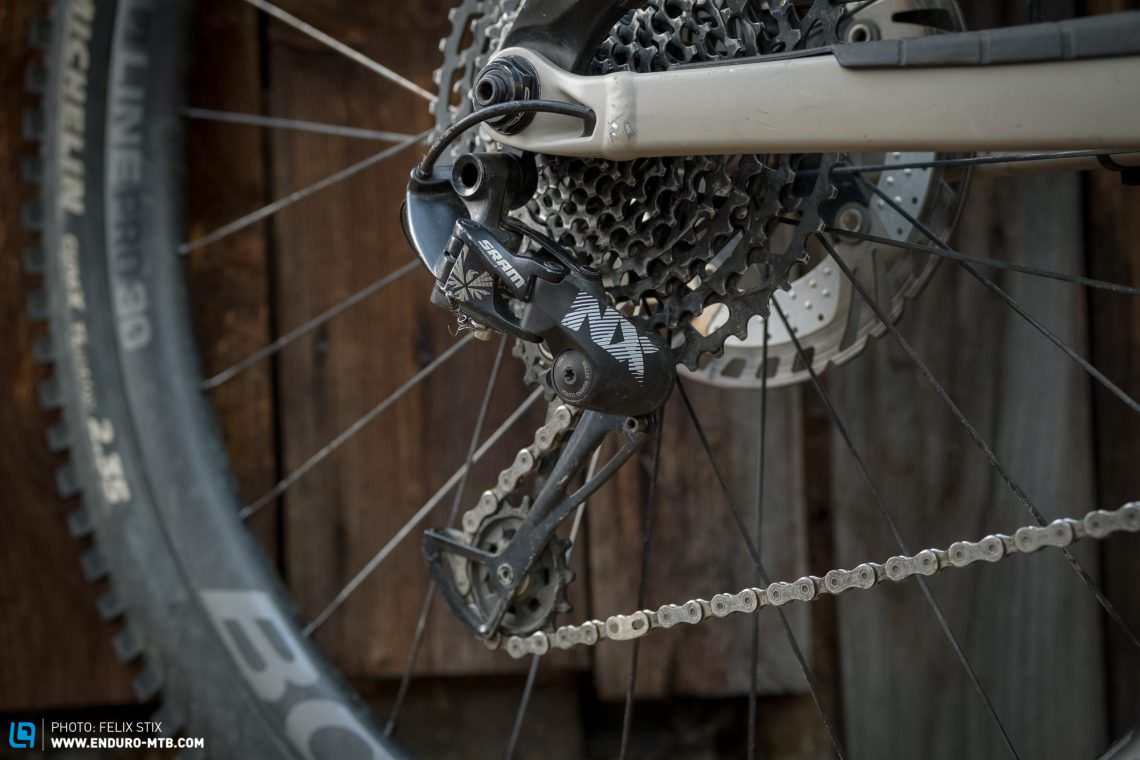

The NX cassette doesn’t require SRAM’s XD freewheel, allowing you to make the upgrade even if you’ve got the standard HG freewheel that is prevalent on older bikes. If you’ve already got an XD freewheel, you can upgrade to the slightly more expensive GX cassette.

After two years, Sarah is retiring her NX Eagle derailleur and has to replace it with a new one. Sure, that sounds like relatively quick wear and tear, but considering the numerous hard knocks that the derailleur has had to endure and the fair price of € 119 for the replacement, that’s absolutely fine. This is exactly where the strength of the NX Eagle groupset lies, because even though derailleurs aren’t subject to significant wear and tear during normal use, the stresses of alpine terrain will break them sooner or later. Replacing it is quick and, above all, inexpensive.
Our tip: Combine your SRAM NX Eagle with a GX cassette to get the full 500% and still save money. Those looking to upgrade their 1×11 drivetrain can keep their cranks and simply retrofit the Eagle chainring, as long as the crank is Direct-Mount compatible.
SRAM NX-Eagle Conclusion
When it comes to high performance at a low price, SRAM’s NX Eagle is unbeatable. No, it doesn’t provide the most crisp shifting or the best feel of all SRAM groupsets. But it also costs a fraction of the flagship components. If something breaks or wears out, you won’t have to go increase your overdraft facility. On top of that, due to its compatibility, it makes it easy to upgrade older bikes.
Tops
- excellent value for money
- good compatibility (freehub body)
- the steel sprockets/chainrings are very durable
Flops
- heavy cassette
- less gear range than the GX and co.
- clutch isn't adjustable
More information can be found at sram.com
Did you enjoy this article? If so, we would be stoked if you decide to support us with a monthly contribution. By becoming a supporter of ENDURO, you will help secure a sustainable future for high-quality mountain bike journalism. Click here to learn more.
Words & Photos:









